Flattening the Educational Accessibility Curve for People who are Blind or Visually Impaired in the Wake of COVID-19
In the wake of the coronavirus pandemic, it’s not uncommon to find a friend or a loved one struggling with adjusting to the new “normal.” If that person is blind or visually impaired (BVI), however, the struggle may be immensely harder in a world where information is often meant to be seen as much as heard.
“People with sight truly do not understand how much visual information we take in and how much, therefore, we’re not receiving,” says Stephanie Jones, communication skills instructor for Clovernook Center for the Blind & Visually Impaired’s Memphis location. “Our eyes are constantly giving us sensory feedback.”
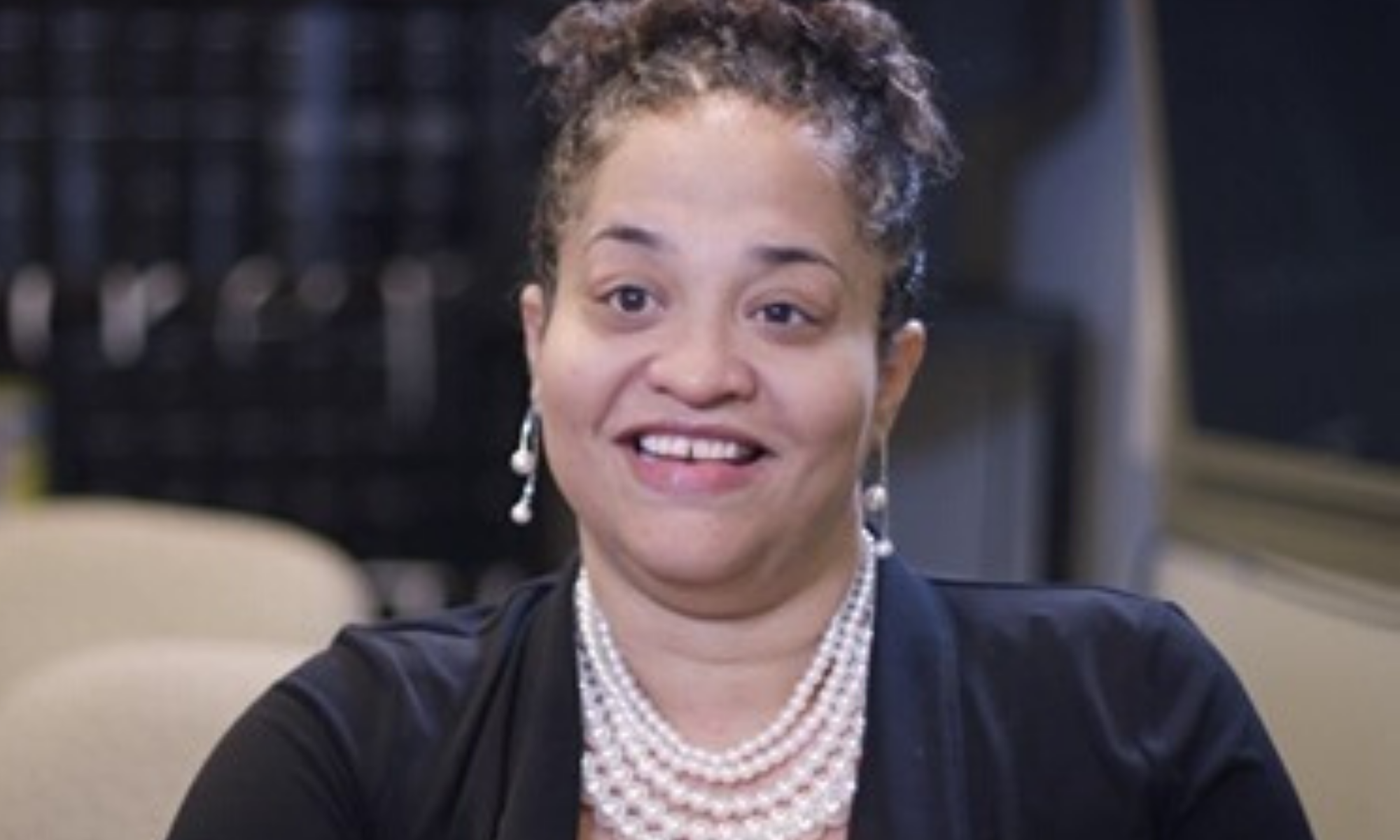 A single mother of five, Jones first came to Clovernook Center as a customer when she began losing her sight due to pseudotumor cerebri (optic atrophy caused by swelling of the optic nerve) 14 years ago. That’s why she understands why both sight-abled and BVI students may be struggling to find resources to help them continue their learning at home. This includes parents of children with disabilities as they transition into their new role as a teacher. However, she simply recommends parents “take a deep breath, sit down, and start to identify truly what your needs are” before overwhelming themselves. Jones says there are plenty of resources now available to assist with BVI learning needs for children and adults alike.
A single mother of five, Jones first came to Clovernook Center as a customer when she began losing her sight due to pseudotumor cerebri (optic atrophy caused by swelling of the optic nerve) 14 years ago. That’s why she understands why both sight-abled and BVI students may be struggling to find resources to help them continue their learning at home. This includes parents of children with disabilities as they transition into their new role as a teacher. However, she simply recommends parents “take a deep breath, sit down, and start to identify truly what your needs are” before overwhelming themselves. Jones says there are plenty of resources now available to assist with BVI learning needs for children and adults alike.
In finding two or three resources your BVI child (or parent) may need, you can make a huge impact with accessing information at a critical time.
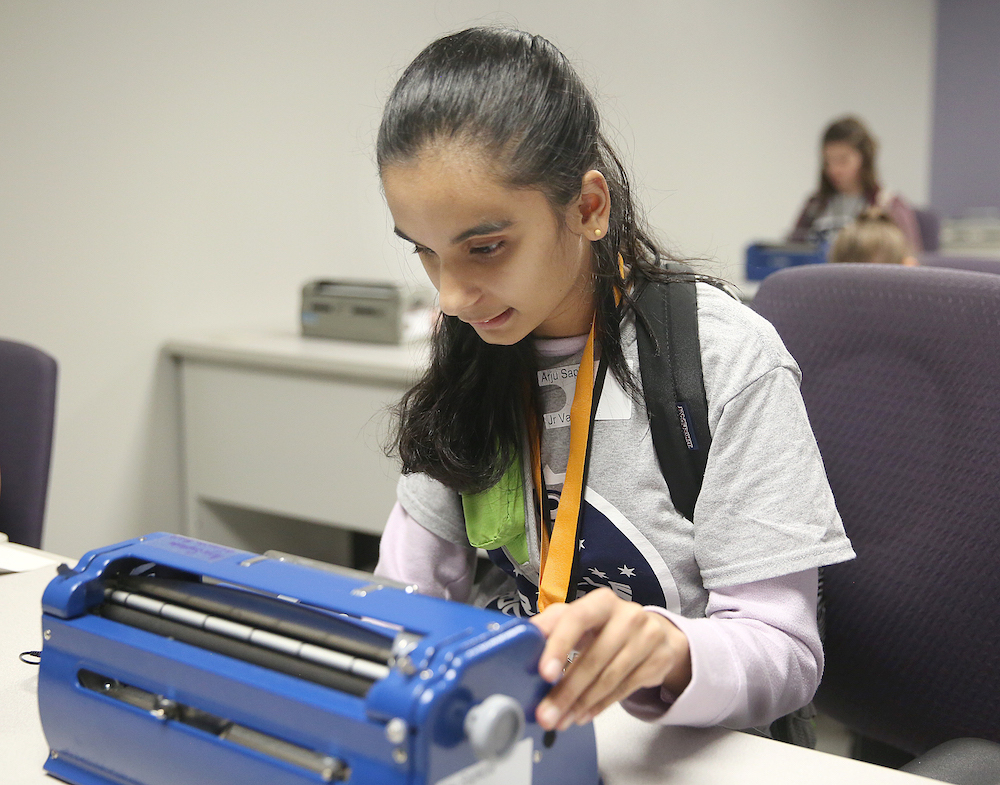 “This situation is giving the BVI community a chance to really show the world how we can use technology to be on an equal playing field as our peers,” says Jones. “Just find what you need and use the technology, participate in Zoom meetings, send emails, and do everything everybody else is doing. We are going to show the nation we can do a whole lot more than ever was expected. Thanks to technology, we’re just like everyone else.”
“This situation is giving the BVI community a chance to really show the world how we can use technology to be on an equal playing field as our peers,” says Jones. “Just find what you need and use the technology, participate in Zoom meetings, send emails, and do everything everybody else is doing. We are going to show the nation we can do a whole lot more than ever was expected. Thanks to technology, we’re just like everyone else.”
Here are six key resources you can utilize to help BVI students, no matter their age or level of impairment to help flatten the educational accessibility curve in the wake of COVID-19.
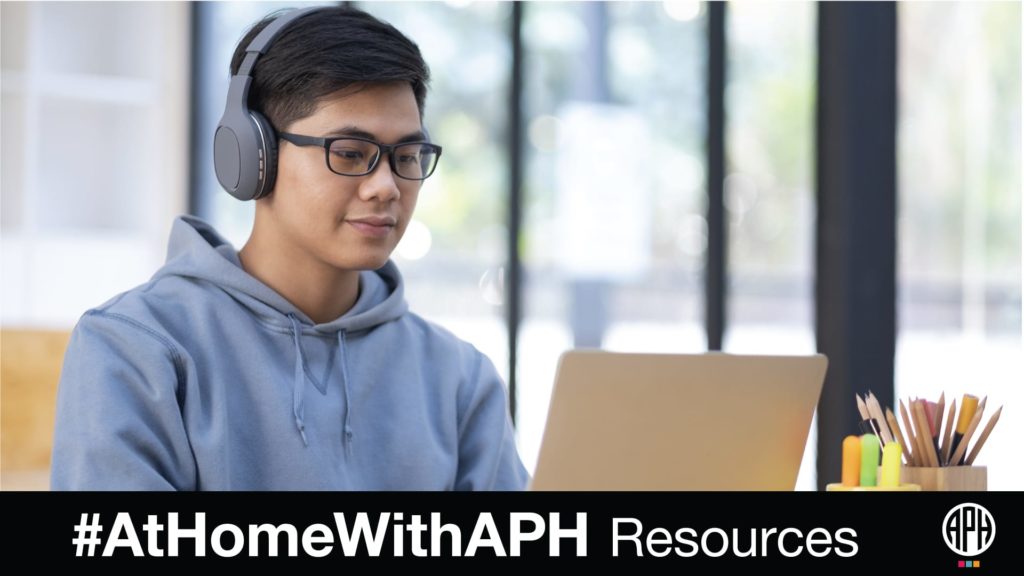
The American Printing House for the Blind (www.aph.org)
Operating out of Louisville since 1858, the American Printing House for the Blind is the world’s largest nonprofit organization creating accessible learning experiences “through educational, workplace and independent living products and services” for BVI people. Their At Home with APH Web site offers webinars covering everything from proper lighting for a classroom setting to typing skills with links to a score of other external apps and resources.
Helen Keller National Center for Deaf-Blind Youths and Adults (https://www.helenkeller.org/hknc)
Offering everything from English and Spanish plain language booklets on coronavirus to helpful apps for day-to-day living, the Helen Keller National Center for Deaf-Blind Youths and Adults also has links to many online education resources. This includes online classes with continuing education units (CEUs) and free ObjectiveEd instruction to help students practice much of the Expanded Core Curriculum via distance learning.
“If you have a child that is dealing with a deaf/blind situation, then the Helen Keller Resource Center is your best bet,” said Jones. “They have put so much content out that not only is helpful for children, but for those that are teaching deaf-blind children in terms of digital content on their site … It’s completely different dealing with deaf-blind and we need to know how to support that group as well.”
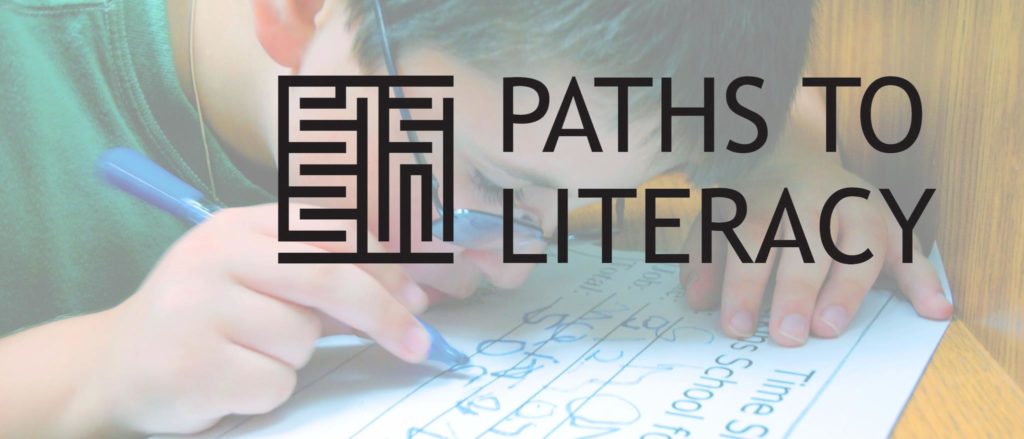
Paths to Literacy (https://www.pathstoliteracy.org/)
A joint project between the Perkins School for the Blind and the Texas School for the Blind and Visually Impaired, Paths to Literacy has a full slate of scheduled classes and daily lessons for BVI learners via its Virtual ExCEL Academy. The site also offers a basic overview of literacy to various stages of development and challenges. There is a score of other useful resources for BVI people and their families.
“Paths to Literacy is an awesome site run by the mother of a deaf-blind child,” Jones says. “Any time you have that personal connection, you’re really working hard to make sure that it’s right. They recently shared new resources to find not only educational activities, but physical activities (with) the social-emotional-physical and educational background for your child.”
Be My Eyes (https://www.bemyeyes.com/)
Be My Eyes is a free app that connects blind and low-vision people with sighted volunteers and company representatives for visual assistance through a live video call.
Since Be My Eyes launched in January 2015, more than 2,000,000 volunteers have signed up to assist blind and low-vision users. Be My Eyes users can request assistance in over 180 languages making the app the biggest online community for blind and low-vision people as well as one of the largest micro-volunteering platforms in the world! Every day, volunteers sign onto Be My Eyes to lend their sight to blind and low-vision individuals to tackle challenges and solve problems together.
American Foundation for the Blind (https://www.afb.org/blog/entry/accessible-education-resources#forparents)
Since 1921, the American Foundation for the Blind (AFB) has been a leader in expanding possibilities for the nearly 25 million Americans living with vision loss. A national nonprofit, AFB champions access and equality, and stand at the forefront of new technologies and evidence-based advocacy. The American Foundation for the Blind has compiled a detailed list of accessible education resources to help BVI students and parents alike adjust to their new reality of working from home. Additional topics that AFB highlights includes information for college students, information for teachers as well as a list of technology resources.
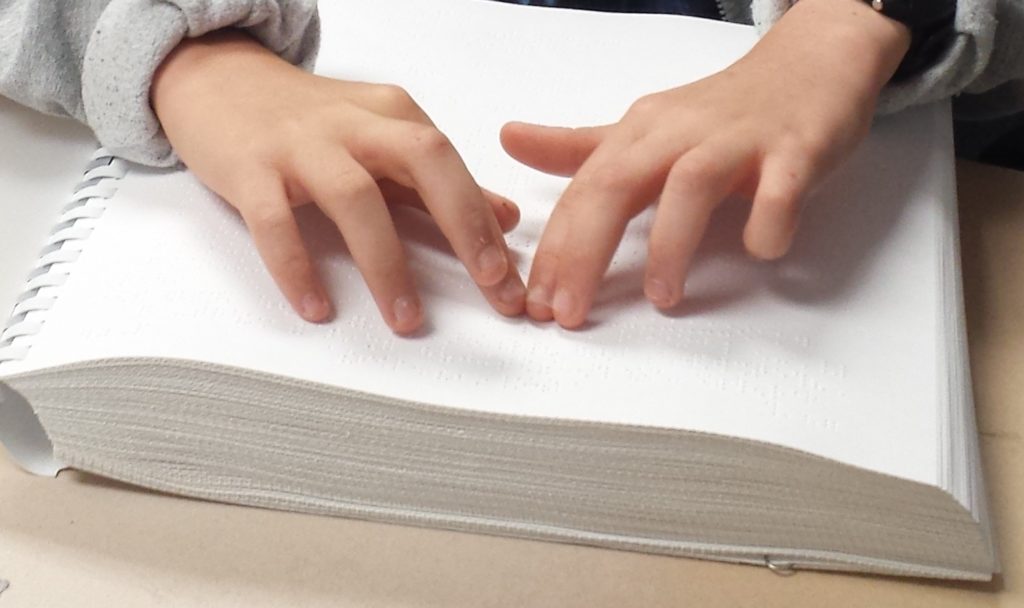
VISTAS Education Partners (http://www.vistaseducation.com/homeworkhotline/)
VISTAS Education Partners is offering a National Homework Hotline for Blind/Visually Impaired Students (NHH-BVI) for K-12 and college students. This service utilizes responders that are experienced TVIs, blind mentors, STEM professionals, and college students. In response to the wave of K-12 school closures across the US, the site was founded by a few concerned teachers of students with visual impairments and advocates got together to organize a free, homework help hotline for blind/visually impaired students. Areas of hotline help include, but are not limited to: JAWS, NVDA, Voice Over for macOS and iOS devices, Nemeth and literary braille, Cranmer abacus, Refreshable braille displays, and Core Curriculum Subjects (Math, ELA, Science, Social Studies)
Use the resources available, Jones says, and BVI people will achieve success.
“I would encourage people in the BVI community to get out there and find the resources they need – but don’t worry about finding them all,” Jones says. “Just find what you need and use the technology, participate in Zoom meetings, send emails, do everything everybody else is doing.”
